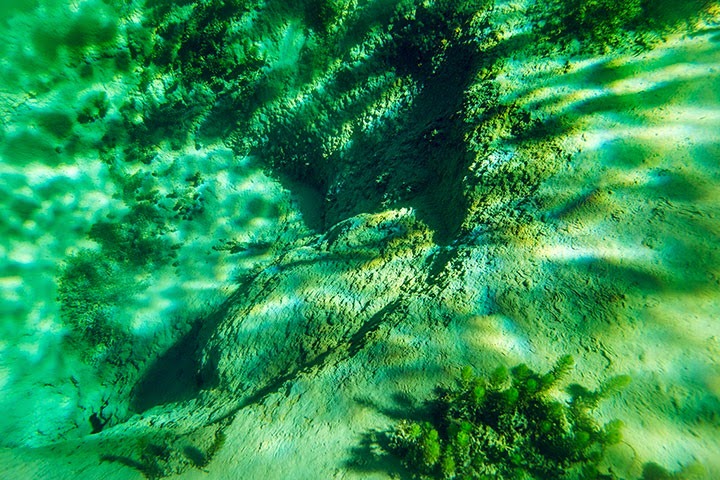In the middle of New Zealand,
which is famous as one of the most beautiful countries in the world, is a lake
that will absolutely blow your mind. It’s known as the Blue Lake. The body of
water is also recognized as Rotomairewhenua, and it holds the title of the
world’s clearest lake.
Blue Lake is a small fresh water
lake in Nelson Lakes National Park, in New Zealand's. Researchers of NIWA
(National Institute of Water and Atmospheric Research) have found that lake has
extreme visual clarity, almost up to 75 to 80 meters. The clarity of Blue Lake has passed Te
Waikoropupu Springs in Golden Bay which has visibility of 60 to 65 meters. Blue
Lake is considered as “Optically Clear” as distilled water. The gorgeous Blue
Lake has characterized by blue-violet hues seen only in the very clearest
natural waters. The blue lake is spring fed from the neighboring glacial Lake
Constance, but the water passes through landslide debris that forms a dam
between the two lakes. The natural dam filters out nearly all the particles
suspended in the water giving the lake the most intense natural blue-violet color.
Blue Lake recognized is optically
outstanding, having observed on tramping trips that this water body appeared
broadly similar to Te Waikoropupu. Several specialists believe visibility of
Blue Lake has exceeded that of Te Waikoropupu. Mark Gall, The NIWA scientist in
ocean optics instrumentation pays many visits by helicopter established that
the horizontal visibility in the lake typically ranges from 70 to 80 metres as
estimated from the best available instrumental measurements in the laboratory. So
Blue Lake is a close approach to optically pure water. In some rare occasions,
after torrential rain, Blue Lake can become temporarily murky, when particles
washed in by surface runoff have been dispersed in the water.


























































